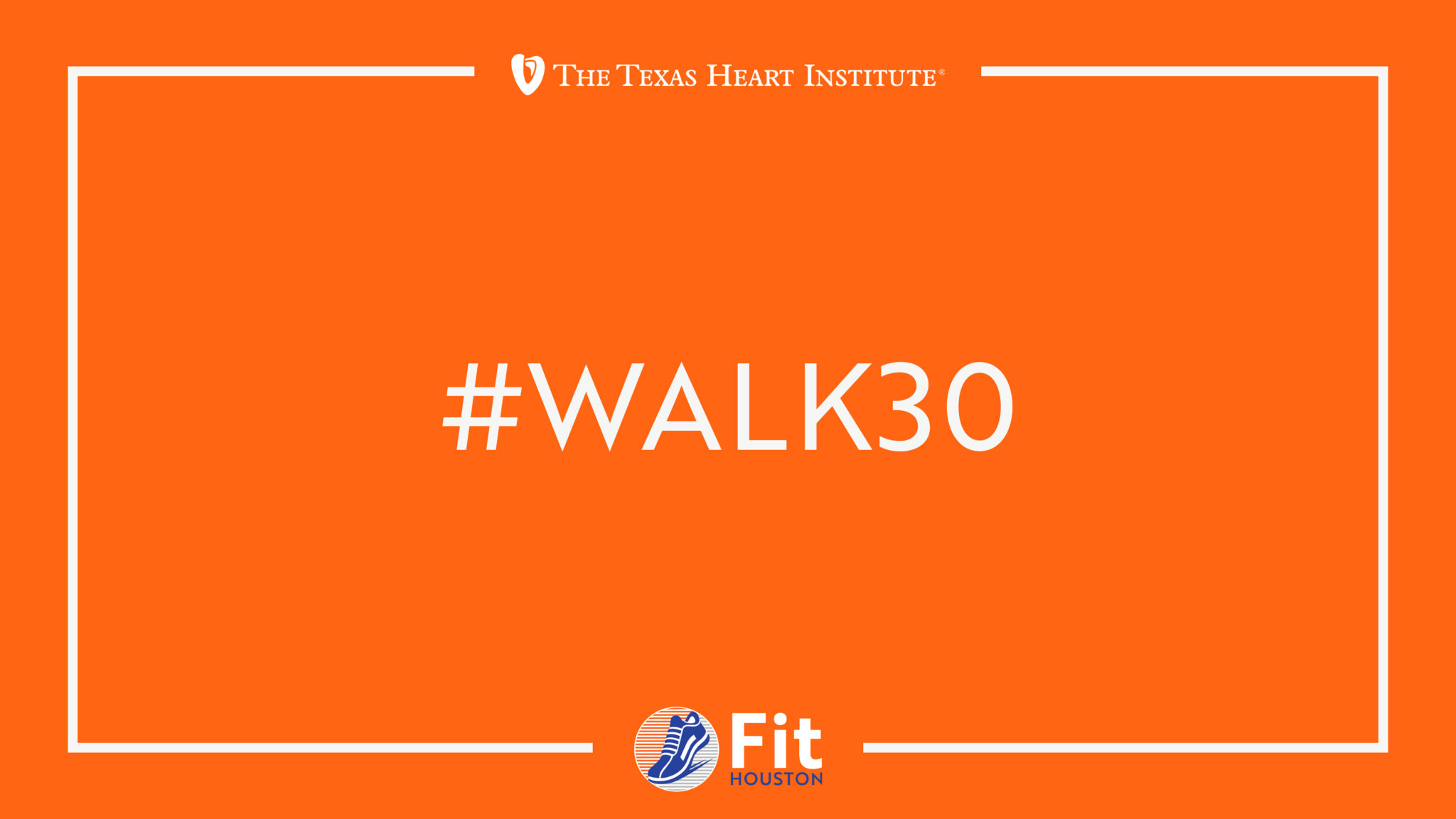A Little Strength Training Goes a Long Way
I was inspired to write this article after reading a great New York Times piece “A Guide to Make Strength Training a Habit- For real this time”. I encourage you to read it too!
Strength training, or resistance training, is a form of anaerobic exercise that uses resistance to strengthen muscles and increase endurance. During anaerobic exercise, the body uses energy stored in the muscles instead of using oxygen as a source of energy. The core principle of strength training is progressive overload, in which the muscles grow and gain strength due to the gradually increasing stress placed on the muscles over time.1
Resistance can be created by working against your body weight or by using gym weights or resistance bands. Strength training activities include yoga, Pilates, weightlifting, sit-ups, push-ups, squats, and pull-ups.
It has been a perception in society that men are more likely to participate in strength training exercises than women. This perception was supported by the findings of a study performed at a public university in the Midwest. The study found that a large percentage of women at the university were not doing the recommended amount of strength training or were not doing any strength training at all.2
However, women should consider incorporating strength training into their exercise routines. A study that was recently published in the British Journal of Sports Medicine concluded that women who do strength training exercises have a lower risk of cardiovascular disease.3
You can gradually incorporate strength training into your exercise routine at a pace that makes you comfortable. The New York Times article gave some great suggestions on how to get started with strength training. These include starting at a beginner level, seeking guidance from personal trainers, and combining your workout with another activity you look forward to.4 Additional suggestions include developing a workout schedule that fits your needs and life obligations, and forgiving yourself when you make mistakes along the way.4
Incorporating strength training into your exercise routine does not have to be time-consuming. The current Physical Activity Guidelines for Americans recommends that adults engage in strength training exercises at least two days a week. These exercises can target major muscle groups, such as the abdominal, arm, leg, shoulder, chest, and back muscles.
A beginner strength training routine can include exercises that you have been doing since you were a child. Try this sample plan that includes four exercises: sit-ups, push-ups, lunges, and arm circles. Sit-ups work the abdominal muscle, push-ups work the chest and arm muscles, lunges work the leg muscles, and arm circles work the shoulder and back muscles. Perform each exercise 10 times before moving on to the next exercise. After you finish the last exercise, repeat the cycle.
In 2023, we hope you will take the pledge to add strength and resistance training to your routine and #WALK30 with us everyday where ever you are!
Until Next Time!
Thank you to Symone Taylor for her contributions to this issue of Straight Talk

Take the #WALK30 Pledge in 2023 and Sign Up to walk with us!
Visit www.FitHouston.org for Links and App Instructions to join the community “walk where you are”.
Learn More About the Citywide Campaign from Houston leaders taking the CEO #WALK30 Pledge
References

.svg)


